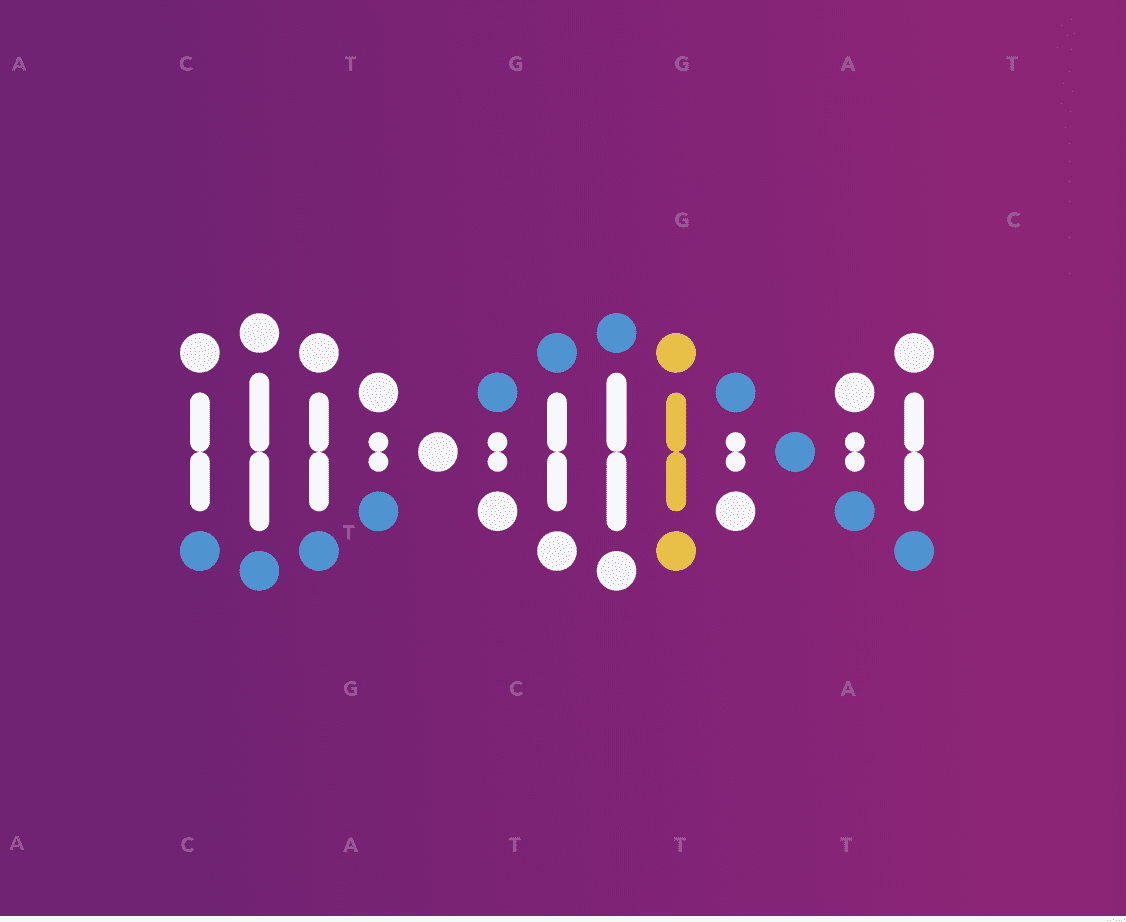23andMe scientists will be at the annual American Society of  Human Genetics meeting in Vancouver this month, sharing a wide spectrum of interesting data, including more on the genetics of Parkinson’s disease, promising new methods for drug discovery, and even some fun findings around traits like nail biting and the ability to carry a tune.
Human Genetics meeting in Vancouver this month, sharing a wide spectrum of interesting data, including more on the genetics of Parkinson’s disease, promising new methods for drug discovery, and even some fun findings around traits like nail biting and the ability to carry a tune.
These conferences, which attract thousands of geneticists and include hundreds of scientific presentations over four days, are tough to encapsulate in one article. But each year, ASHG does a good job of keying in on the most interesting current issues in the field of genetics, creating forums for some of those big ideas, and then offering scientists a chance to show off their latest work in those areas.
This year is no different, with talks on gene editing, strategies for incorporating health records into genetic research, and panel discussions on the genetics of cancer and aging.
Therapeutics
Along with presenting some of our findings, 23andMe also has the honor of having two of our scientists speak at this year’s conference.
Richard Scheller, 23andMe’s chief science officer and head of the therapeutics group, will speak on Wednesday during a session on using genome-wide association studies to help develop drug targets. Richard will be one of four speakers during a session titled “From GWAS and Mendelian Genes to Therapeutic Drug Targets.” 23andMe’s therapeutics group is using human genetic data as the starting point for identifying new therapies for both common and rare diseases.
Associations with Nail Biting
23andMe senior statistical geneticist Chao Tian will also speak at the four-day conference. Chao is no stranger to the conference, having presented a poster in 2013 that used genome-wide association studies to classify HLA alleles associated with infectious diseases. This year, Chao will speak in a short “platform session” on Saturday, Oct. 22, focused on Neuropsychiatric Disease in the Young and Old. She will present data on genetic and phenotypic associations for nail biting. Among her findings were that some of the variants associated with the trait are in genes or gene regions that have also been associated with certain psychiatric disorders.
Along with talks, panel discussions, and plenary sessions, scientists will also highlight their findings in poster sessions – which usually consist of vast halls where researchers literally post their work on boards and stand by to answer questions posed by anyone who happens to walk by. This informal question and answer session – involving attendees, most of whom are scientists – can be the most stimulating part of the conference, where researchers are sometimes forced to explain their methods and defend their findings in real time.
Below is the list of some poster presentations 23andMe will present at ASHG. We’ll provide more details during the conference.
23andMe’s Presentations at ASHG
• Genetic variation underlying self-reported weight-loss success in the presence of a dietary intervention – Authors: J.F. Shelton; N.A Furlotte; R. Smith; C. Wheldon; M.N. Johnson; C. Wilson; G. Benton; R. Gentleman
• Interrogating gene-by-environment interactions using genetic risk scores – Authors: Furlotte; V. Vacic; G. Benton; A. Auton; D. Hinds
• Generalized polygenic risk prediction for direct-to- consumer genetic testing of non-medical traits – Authors: M.L. Multhaup; R.P. Smith; D. Hinds; N.A. Furlotte
• GWASs of ability to carry a musical tune and mathematical educational attainment – Authors: R. Bell; D. Hinds; C. Tian
• GWAS of levodopa-induced dyskinesia in Parkinson’s disease – Authors: O.V. Sazonova; I. HallgrÃmsdóttir; J. Shelton; P. Cannon
• Phenome-wide association study of 28 variants associated with Parkinson’s disease in a web-based cohort – Authors: K. Heilbron; B. Alipanahi; P. Cannon
• Leveraging PheWAS to Fine Map Complex Trait GWAS Loci – Authors: F. Sathirapongsasuti; P. Fontanillas; V. Vacic; A. Auton
• Efficient calculation of genetic correlations across 700,000 pairs of diverse phenotypes – Authors: A. Kleinman; N. Furlotte; A. Auton; D. Hinds
• The impact of personal experience with direct -to- consumer genetic testing on physician readiness – Authors: E.S. Gordon; E. Kim; J. Cintron; R. Gold; J. Pollard; E. Nelson




